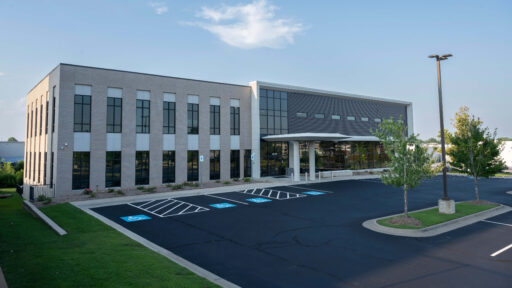Hip dysplasia is a condition of the hip where the acetabulum (“hip socket”) is shallow, providing less stability for the head of the femur. Over time, pressure is placed on the hip labrum and cartilage, which can lead to labral tears and, over longer periods of time, hip arthritis.
Patients with hip dysplasia can present with hip and groin pain, with many experiencing sensations of clicking and popping within the hip. The muscles around the hip must work harder to stabilize the shallow hip joint, leading the muscle soreness and pain on the outside of the hip at the end of the day. Your doctor may utilize a combination of x-rays and CT scans to evaluate the shape of the bones within your hip to confirm the diagnosis. Additionally, an MRI scan can be performed to look at the health of your cartilage and labrum.
Treatment for hip dysplasia typically involves open surgery of the hip, where your surgeon can re-shape the acetabulum through cuts in the bone called a peri-acetabular osteotomy (PAO). A PAO is then fixed with screws to hold the bone in place. In certain cases, this surgery may be combined with a hip arthroscopy to evaluate and treat changes to the cartilage and labrum.



